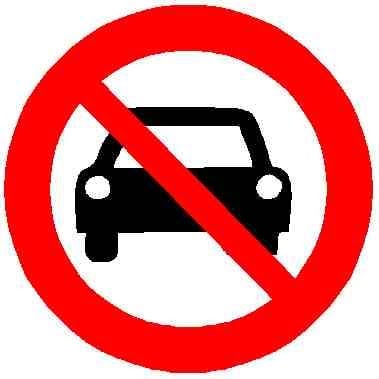Thanks to a clear and defined strategy, the car number has decreased by 34% since 2017, and the number of cyclists has increased by 70%. In a city where the transit is really excellent.
These are the results that you get when you build quality infrastructure, as already seen in Paris
Sources:
-
Cross-posted from: https://mastodon.uno/users/rivoluzioneurbanamobilita/statuses/114482008582325061
-
news article: https://theprogressplaybook.com/2025/04/29/londoners-are-swapping-cars-for-bicycles-at-a-rapid-pace-data-shows/
-
city of London traffic survey results: https://www.cityoflondon.gov.uk/assets/Services-Environment/City-Streets-2025-Summary-Report.pdf
The actual city of London is tiny. It is very small part of of what is considered London
The same can be said for Paris, but it’s still a remarkable result
makes it even more infuriating that the second and third and fourth most use is cars…
while public transport is 3rd last … horrible
I think it’s vehicle count not passenger count.
Many buses in CoL will carry 50+ people at peak times so probably move more people than cars or bikes.
But walking was the most common by a fair bit, just not in that graph.
Is the tube not convenient?
wheres the tube listed under? but yea didnt think about that option not being listed here
It’s very convenient, when it’s not on fire.
Why on earth is there no bar for subways or trains in general in the graph? Surely that’s also a significant percentage, and would probably shrink the car percentage quite a bit. Cause if that portion of people “moving around” isn’t even counted, that seems like more than just a slight oversight…
Subways and trains aren’t traffic. The study was specifically looking at traffic and how they should adjust the roads
@lgsp meanwhile in #Edinburgh…

Look up figure 5 and you’ll see how people really get around in The City of London. They walk from station to office.
That’s so cool! But they probably still only get a fraction of the space cars get.





